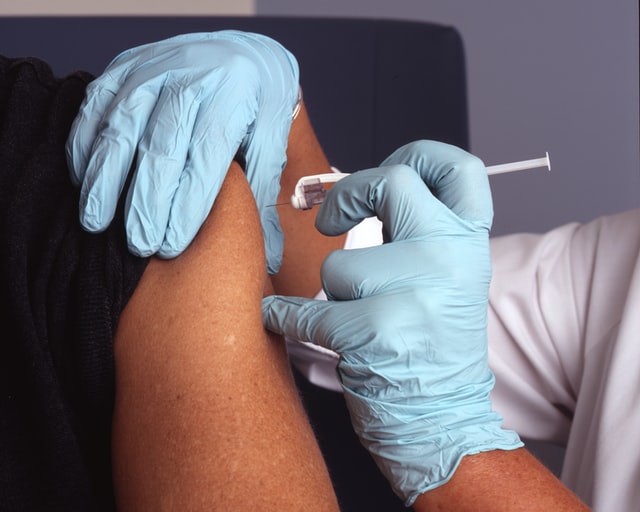Home-Made Covid Vaccine Appeared to Work, but Questions Remained
By Kristen V Brown,
Bloomberg
| 10. 10. 2020
Josiah Zayner’s plan was simple: replicate a Covid-19 vaccine that had worked in monkeys, test it on himself and then livestream the experiment online over a period of months. Now, that improbable bid is over.
Around the world, dozens of Covid-19 vaccines are in human clinical trials involving tens of thousands of people. While vaccines typically take years to develop, U.S. scientists are racing to produce one in months through Operation Warp Speed. But Zayner, a one-time NASA researcher who left the scientific establishment in favor of engaging in do-it-yourself experiments, bet that by working outside regulatory structures, he could test a vaccine even more quickly and certainly more cheaply by giving it to himself.
Instead, Zayner discovered, testing a vaccine is far more complicated than he had imagined.
Even though his experiment yielded a promising result, Zayner found too many unanswered questions to say that it worked. For one, it wasn’t clear whether antibodies he found in his own body in extremely tiny measures before the experiment began made a difference. Zayner has long-believed that biohackers such as himself have the potential to make science move faster...
Related Articles
By Jenny Lange, BioNews | 12.01.2025
A UK toddler with a rare genetic condition was the first person to receive a new gene therapy that appears to halt disease progression.
Oliver, now three years old, has Hunter syndrome, an inherited genetic disorder that leads to physical...
By Rachel Hall, The Guardian | 11.20.2025
Couples are needlessly going through IVF because male infertility is under-researched, with the NHS too often failing to diagnose treatable causes, leading experts have said.
Poor understanding among GPs and a lack of specialists and NHS testing means male infertility...
By Pam Belluck and Carl Zimmer, The New York Times | 11.19.2025
Gene-editing therapies offer great hope for treating rare diseases, but they face big hurdles: the tremendous time and resources involved in devising a treatment that might only apply to a small number of patients.
A study published on Wednesday...
By Aisha Down, The Guardian | 11.10.2025
It has been an excellent year for neurotech, if you ignore the people funding it. In August, a tiny brain implant successfully decoded the inner speech of paralysis patients. In October, an eye implant restored sight to patients who had...




